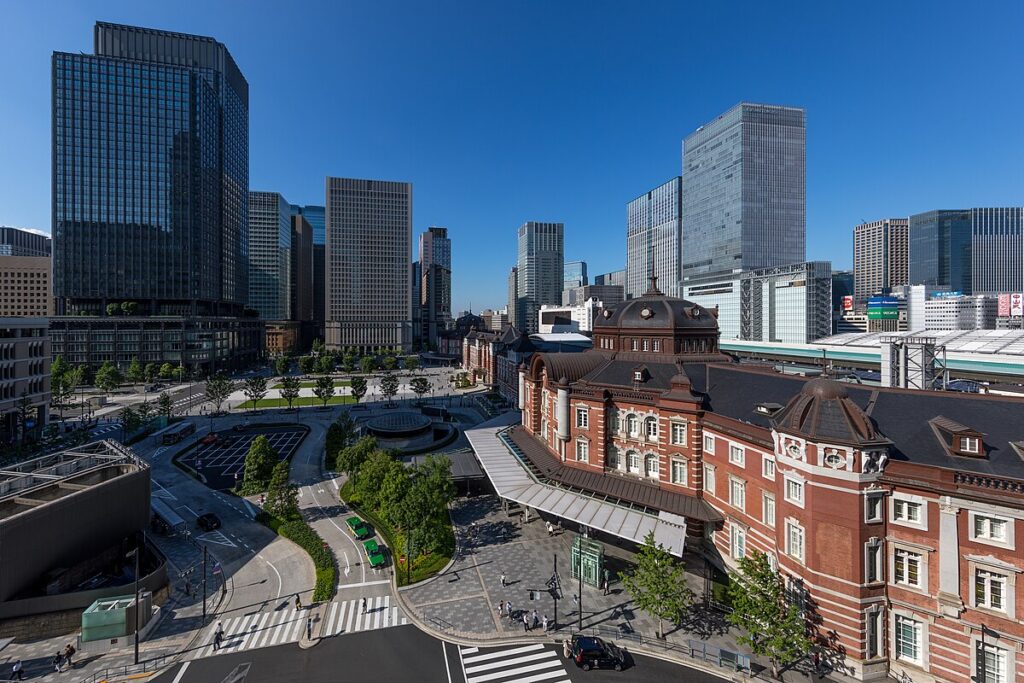-

Chatan American Village (Chatan Town, Nakagami District, Okinawa Prefecture)
概要(歴史・特徴・魅力) 北谷アメリカンビレッジ(沖縄県中頭郡北谷町)は、アメリカの海辺の街をイメージした大型の複合型商業・娯楽施設です。元々は米軍基地や港湾に関連する地域でしたが、観光地化の一環で商業施設や飲食店、エンターテインメントが... -

Shin-Okubo (Shinjuku Ward, Tokyo)
新大久保(東京都新宿区) 概要(歴史・特徴・魅力) 新大久保は東京都新宿区にある多文化エリアで、特に「コリアンタウン」として知られています。1990年代以降、韓国料理店や食品店、コスメショップ、K-POP関連ショップが集中して発展。外国人居住者や若... -

Shigisan Chogosonshiji Temple (Heguri Town, Ikoma District, Nara Prefecture)
概要(歴史・特徴・魅力) 信貴山朝護孫子寺(しぎさん ちょうごそんしじ)は、奈良県生駒郡平群町の信貴(しぎ)山にある古刹です。古くから毘沙門天(びしゃもんてん)を主尊として信仰され、武運長久・商売繁昌・家内安全などの祈願所として親しまれて... -

Kokoen Garden (Himeji City, Hyogo Prefecture)
概要(歴史・特徴・魅力) 好古園(こうこえん)は、兵庫県姫路市の姫路城西側に位置する日本庭園です。1992年(平成時代)に整備され、かつての武家屋敷跡を活かして池泉回遊式・枯山水・露地庭など異なる様式の庭園を組み合わせた全9庭から構成されてい... -

Kumano Hongu Taisha Shrine (Honmiya, Hongu-cho, Tanabe City, Wakayama Prefecture)
概要(歴史・特徴・魅力) 熊野本宮大社(和歌山県田辺市本宮町本宮)は、熊野三山(熊野本宮大社・熊野速玉大社・熊野那智大社)の中心をなす大社の一つで、古くから熊野信仰の中心地として全国から参拝者を集めてきました。熊野古道と深く結びついた聖地... -

Lake Kinrin (Yufuin Town, Yufu City, Oita Prefecture)
概要(歴史・特徴・魅力) 金鱗湖(きんりんこ)は、大分県由布市湯布院町にある小さな汽水湖で、由布院温泉街の象徴的な観光スポットのひとつです。湖は温泉の源泉が湧き出す場所と地下水が混ざり合う地形になっており、朝晩の気温差がある時期には湖面か... -

Hakuba Iwatake (Hakuba Village, Kitaazumi District, Nagano Prefecture)
白馬岩岳(長野県北安曇郡白馬村) 概要(歴史・特徴・魅力) 白馬岩岳は、北アルプス(白馬連峰)を眼前に望む白馬村の山岳リゾートです。戦後にスキー場として整備され、冬はスキー・スノーボード、夏はゴンドラで上る高原エリアとして人気があります。... -

Botchan Train (Matsuyama City, Ehime Prefecture)
概要(歴史・特徴・魅力) 坊っちゃん列車は、愛媛県松山市を走る観光用の復刻列車で、夏目漱石の小説『坊っちゃん』に登場する当時の小型機関車の雰囲気を再現した外観が特徴です。木造風の客車や赤い機関車風のフォルムがレトロで愛らしく、道後温泉や松... -

Kirifuri Plateau (Nikko City, Tochigi Prefecture)
Kirifuri Plateau (Nikko City, Tochigi Prefecture) — Overview (History, Features, and Attractions) Kirifuri Plateau is a plateau area that stretches south of Lake Chuzenji and the Nikko Mountain Range in Nikko City, Tochigi Prefecture, at an elevation of roughly 1,200 to 1,400 meters. Formerly developed as a summer resort and ranch, it is now known for its seasonal natural scenery (including the early summer Nikko... -

Shuzenji (Izu City, Shizuoka Prefecture)
Overview (History, Features, and Attractions) Shuzenji is a tourist destination centered around a historic hot spring town and temples in Izu City, Shizuoka Prefecture. Its origins date back to the Heian period, when Shuzenji Temple, which is said to have been associated with Kobo Daishi (Kukai), and it developed as a hot spring resort and tourist destination through the Kamakura and Edo periods. The old town...


